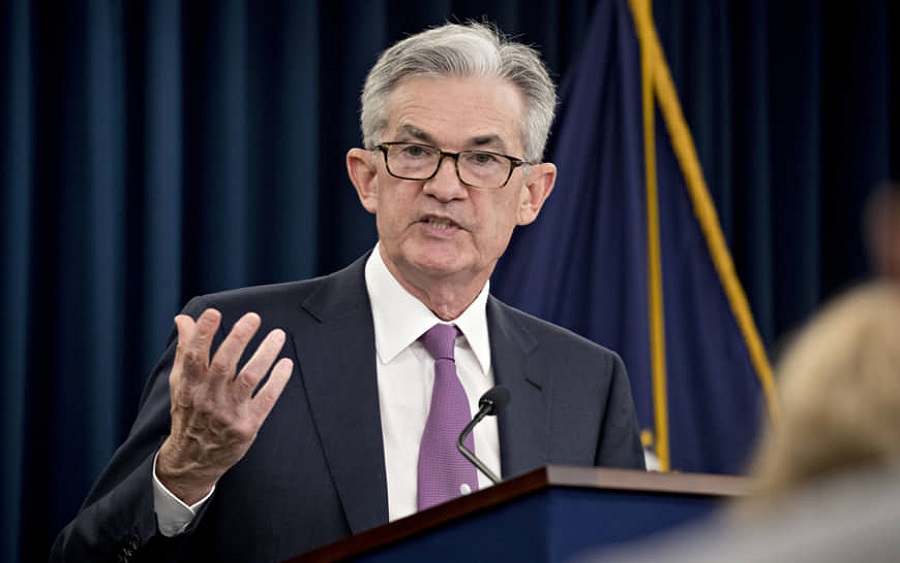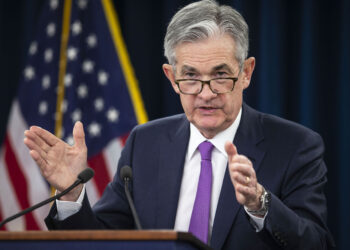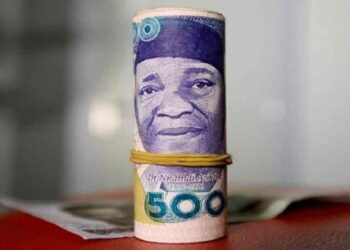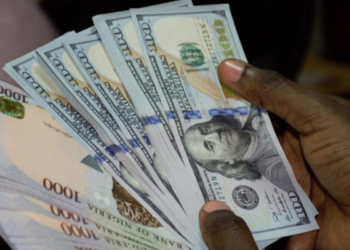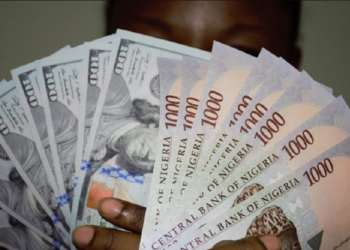After intensifying interest rate hikes, Federal Reserve Chairman, Jerome Powell indicated on Wednesday that the central bank hopes to prevent a recession.
The Fed’s interest rate hike on Wednesday was the most in a single meeting since 1994. The target range for short-term borrowing costs is currently 1.50% to 1.75%.
Powell said the Fed’s goal is to depress the rapid pace of inflation closer to its 2% target, all while preserving a “strong” labour market.
“We’re not trying to induce a recession now, let’s be clear about that,” Powell told reporters after the policy-setting Federal Open Market Committee raised short-term rates by 0.75%.
What you should know
- The Fed’s unusual move on Wednesday sparked concerns that the central bank is now more likely to hike rates at a pace that would push the economy into recession. And this action has sparked speculation about whether a 0.75% rate hike paves the way for much bigger movements in the months ahead.
- However, Powell stated that the Fed has no plans to accelerate the pace of rate hikes in the near future, at least not at its next policy-setting meeting on July 26-27.
- “The next meeting could well be about a decision between 50 and 75 [basis points],” Powell said Wednesday, essentially downplaying any speculation over a 100 basis point move.
- However, Powell reminded markets that the central bank retains flexibility on its rate moves — which he said justified the Fed’s sudden decision to abandon plans for a 0.50% move this week. He added, “Our policy is adaptive and it will continue to do so,”
- Projections from the Fed published Wednesday showed the median official expects interest rates will rise to 3.4% by year-end, well above the 2.5% level that many Fed officials have described as “restrictive” for economic activity.

